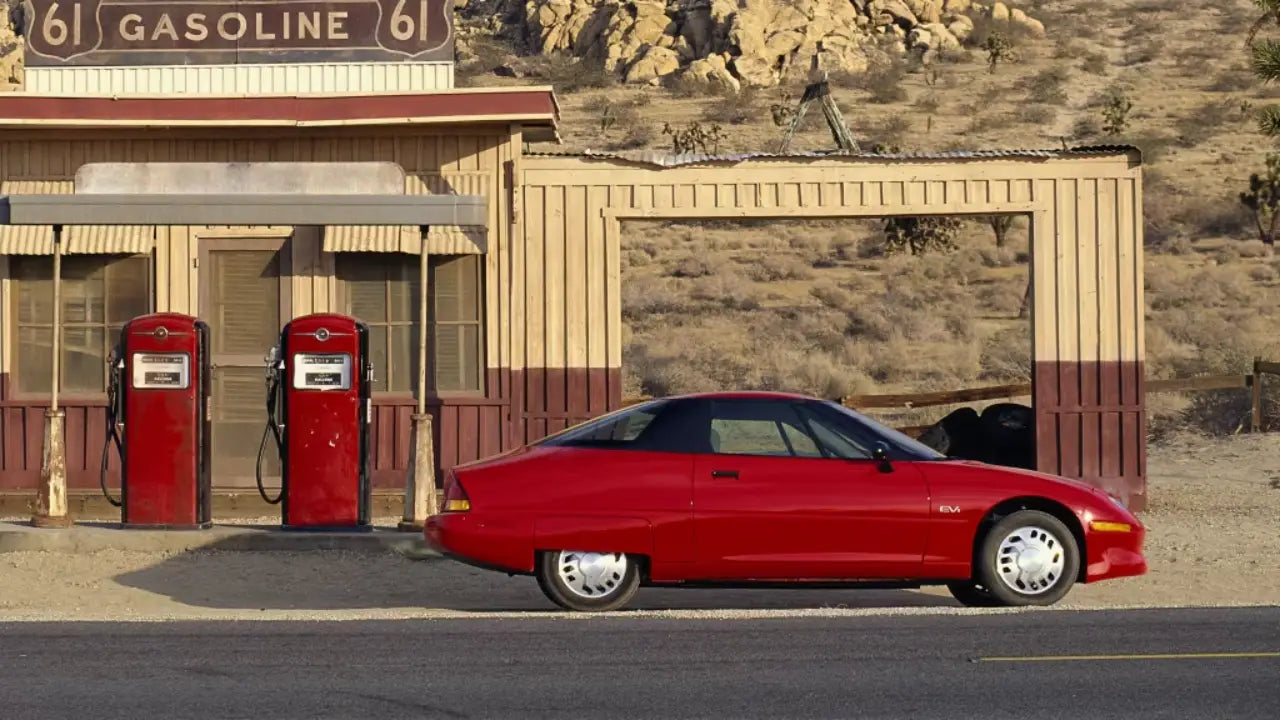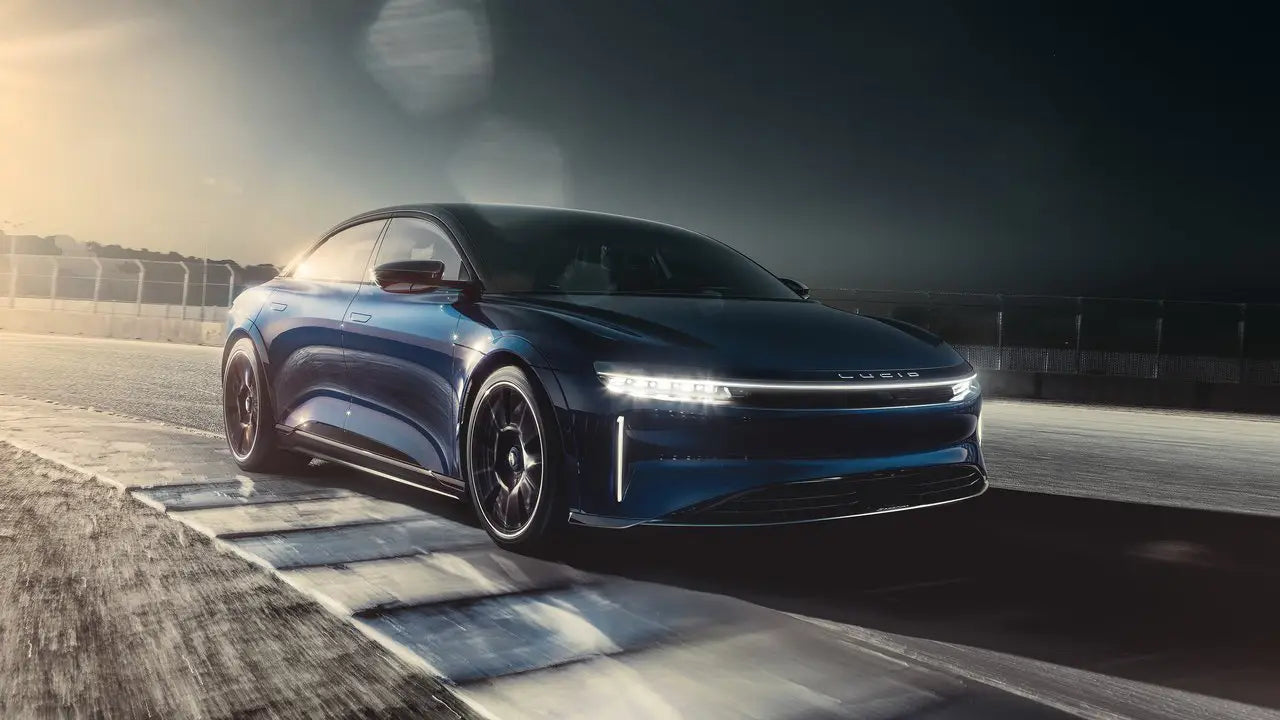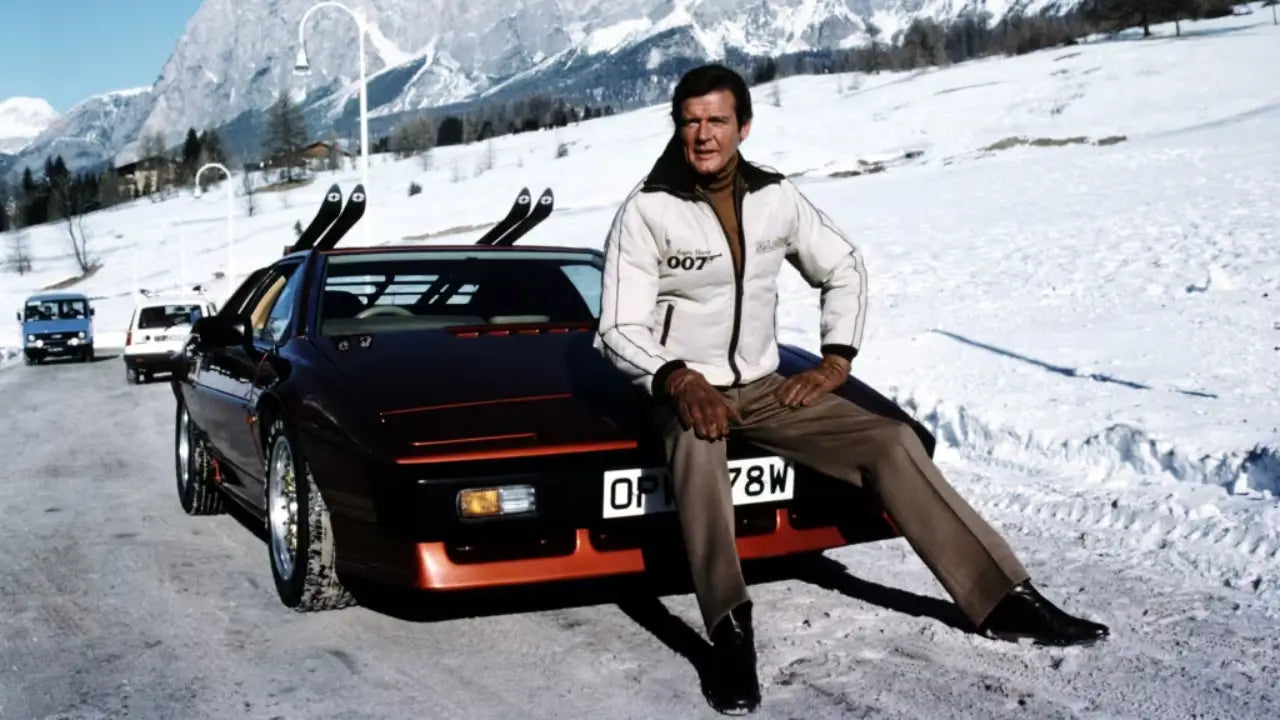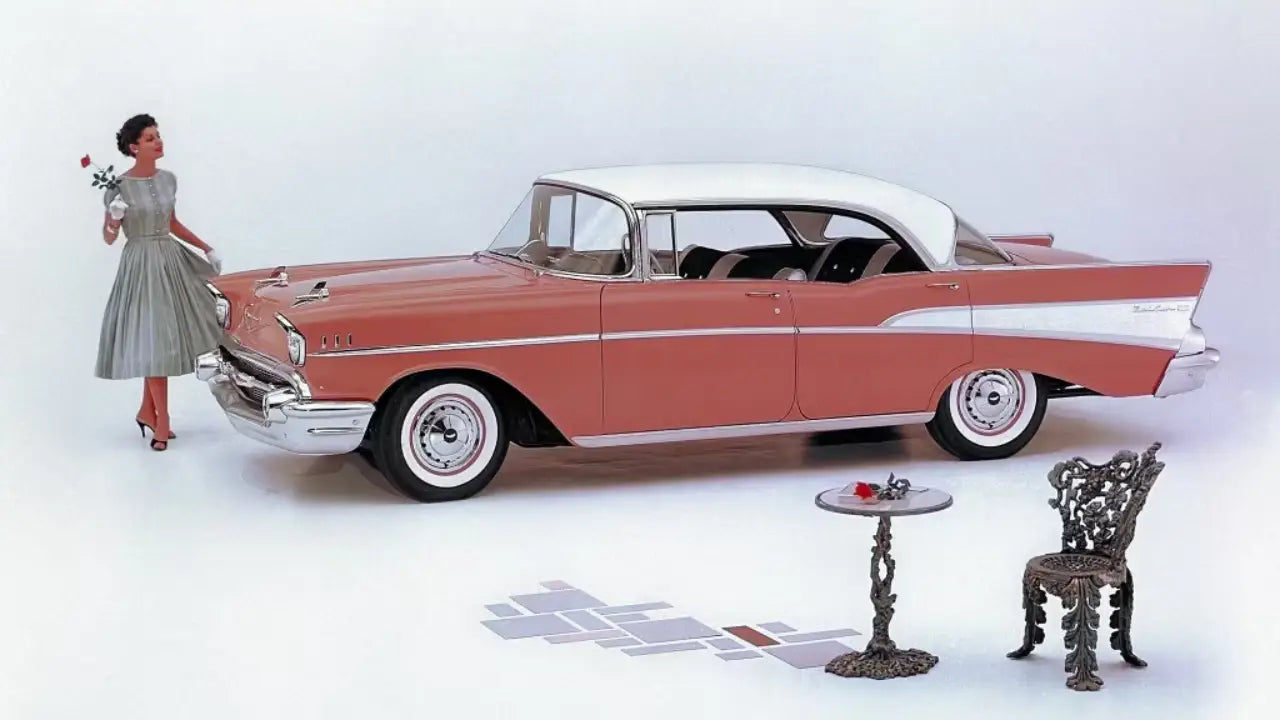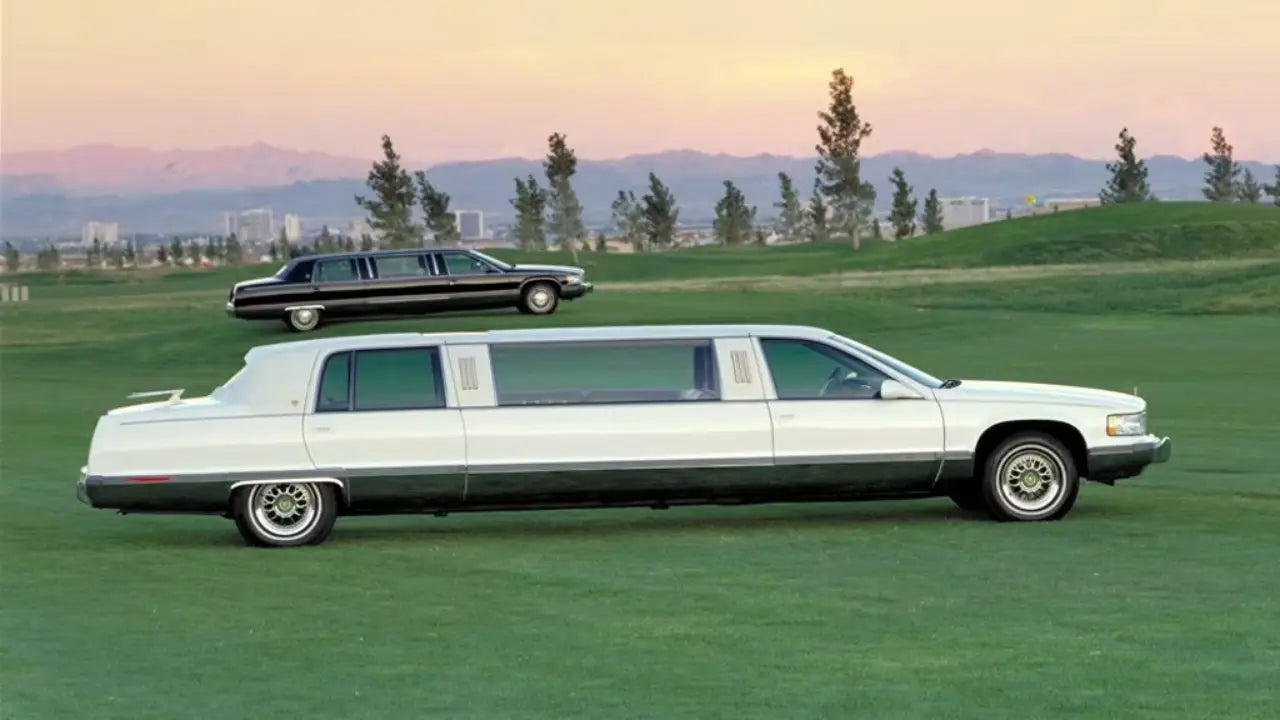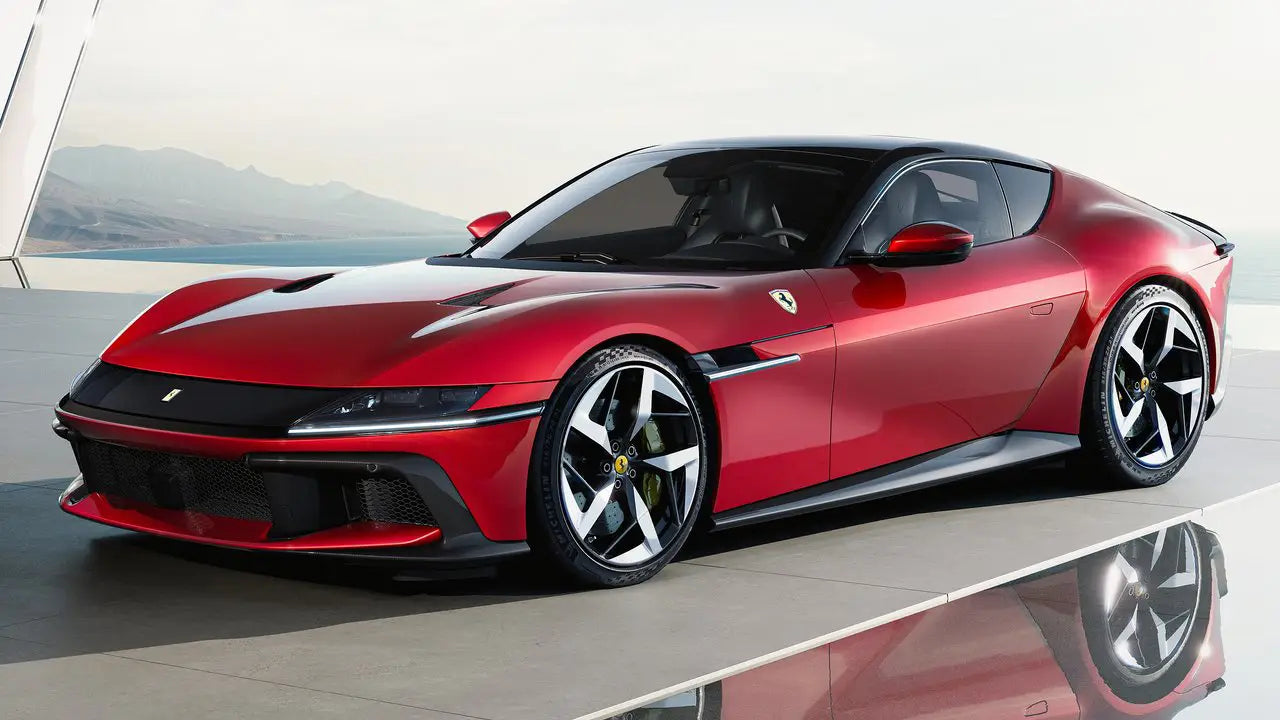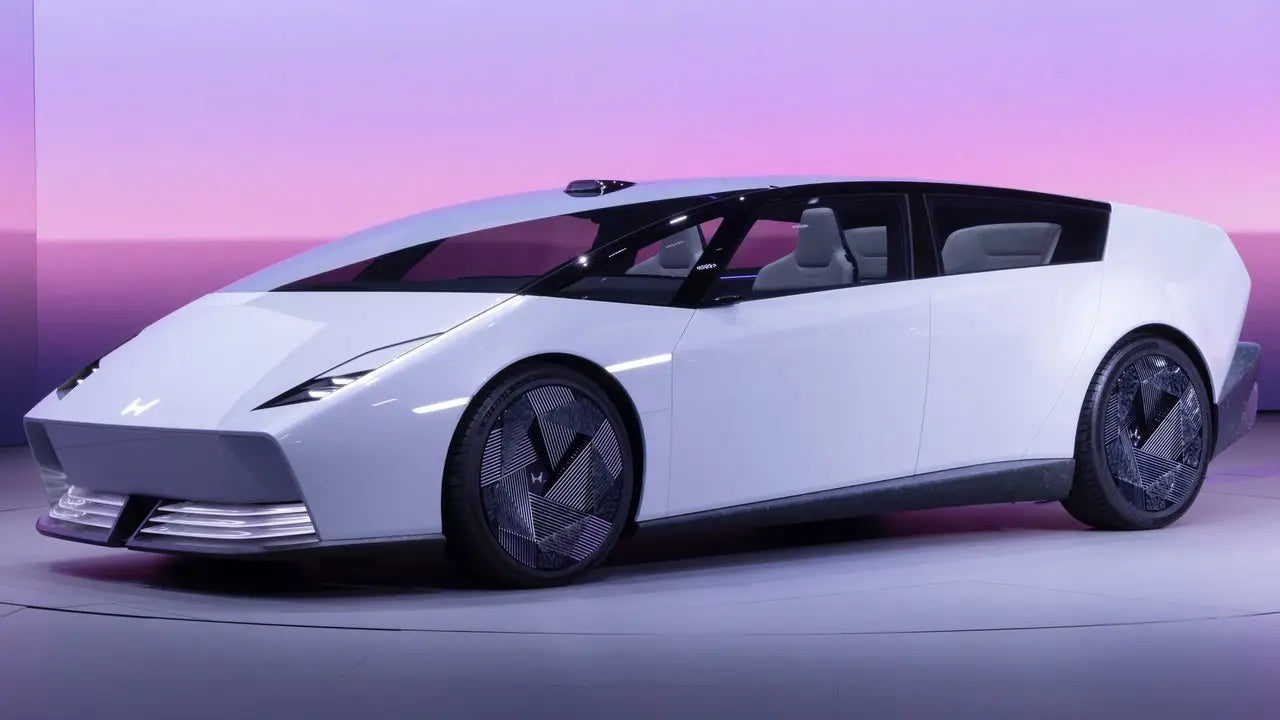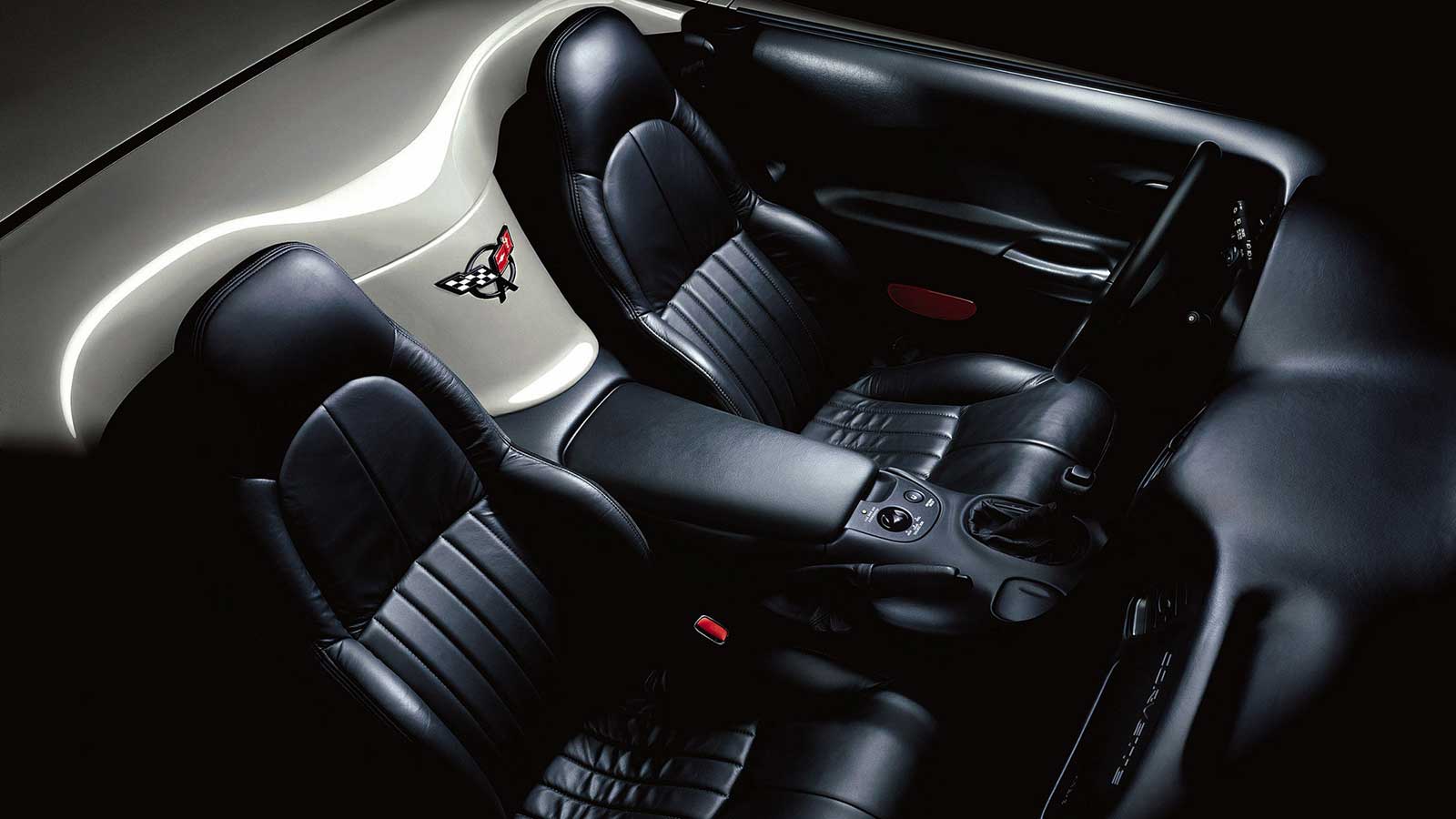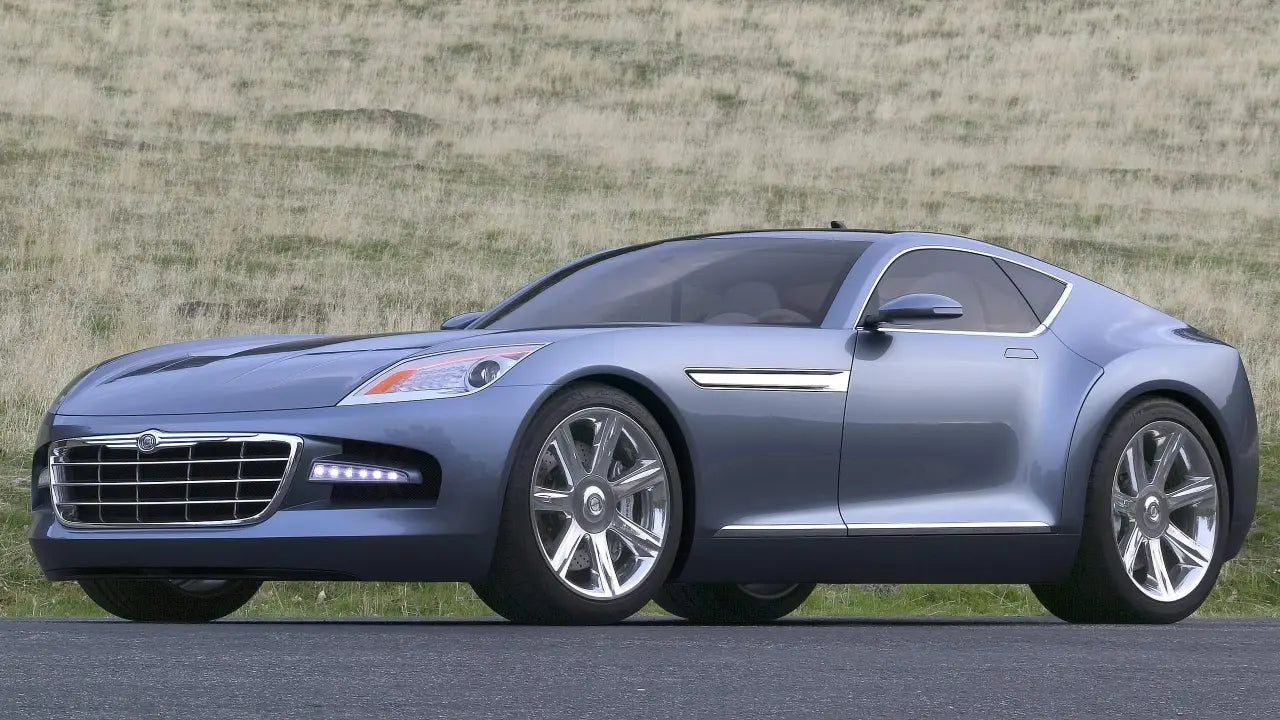The automotive industry is built on innovation, but not every invention survives. Some technologies were so advanced that they didn’t catch on, while others were too expensive or impractical for their era. Let’s revisit forgotten automotive innovations ahead of their time, brilliant ideas that modern cars are only now starting to embrace.
The Dynaflow Transmission (1948)
General Motors' Buick division introduced the Dynaflow automatic transmission in 1948. Unlike standard manual gearboxes, Dynaflow provided a seamless, smooth driving experience with almost no gear shifts perceived by the driver. Although we now take automatic gearboxes for granted, the Dynaflow was first ridiculed for its inefficiency and slow acceleration. Its concept, however, paved the way for modern CVTs (Continuously Variable Transmissions) and high-efficiency automatic gearboxes.
The Tucker 48’s Safety Innovations (1948)
Preston Tucker's 1948 Tucker 48 is famed among automobile historians due to its innovative safety features. This car boasted:

-
A perimeter frame for crash protection
-
A pop-out windshield to reduce injuries in collisions
-
A center-mounted, swiveling headlight that turned with the steering for better night visibility
Unfortunately, Tucker’s company went bankrupt amid financial challenges and regulatory hurdles. Many of these safety concepts would only gain mainstream adoption decades later.
The Chrysler Airflow’s Aerodynamics (1934)
The Chrysler Airflow was a pioneer in aerodynamic design in the 1930s, long before wind tunnels became commonplace in car research. Its streamlined shape reduced drag and increased fuel efficiency, all of which are vital in today's vehicles but were rejected by modern purchasers who preferred classic style above function.
GM EV1 Electric Vehicle (1996–1999)
The General Motors EV1 was one of the first electric vehicles made available to the public in contemporary times. With a sleek design and minimal emissions, it faced technological and regulatory obstacles that limited production. Today, electric vehicles are at the forefront of conversations about sustainable mobility, proving that the EV1 was ahead of its time.

Mercedes-Benz Wankel: The Rotary Engine Experiment
The Wankel rotary engine promises smoother performance and fewer moving parts than conventional piston engines. Mercedes-Benz experimented with this technology in the 1960s and 1970s, developing vehicles such as the C111 prototype with a rotary engine. Though it was never mass-produced due to worries about fuel efficiency and pollution, the Wankel engine lives on in niche applications, inspiring Mazda's RX series and influencing modern compact engine design.

BMW Turbo Concept: Safety Meets Technology
The 1972 BMW Turbo demonstrated sophisticated safety features and a performance-oriented design. It encompassed innovations such as anti-lock braking systems, a collapsible steering column, and a state-of-the-art digital dashboard, all of which would become standard features many decades later. The Turbo concept provided a glimpse of a future that seamlessly integrates safety, electronics, and performance.

The Mercedes-Benz W123 Anti-Lock Brakes (1978)
The W123 series incorporated anti-lock braking systems (ABS) to a broader consumer audience. By enhancing vehicle stability during emergency deceleration, ABS established itself as a safety standard in subsequent decades, impacting both passenger and commercial vehicles.
Hovering Concepts and Active Aerodynamics
Throughout the 20th century, automakers flirted with the idea of hovering cars and active aerodynamics. From Ford’s experimental “Levacar” in the 1950s to the flying-car prototypes of today, these ideas remain tantalizingly close but not yet practical. Active aerodynamics, however, has arrived. Modern vehicles like the Bugatti Chiron and Porsche Taycan use adjustable spoilers, vents, and diffusers that adapt in real time to driving conditions. The fantasy of cars that “morph” with motion, once pure science fiction, is now a wind-tunnel reality.
Saab’s Night Panel and Aircraft-Inspired Design
Saab, the Swedish automaker founded in aviation, introduced cockpit-style ergonomics to the road. The Night Panel, introduced in the 1990s, enabled drivers to reduce all dashboard lights save the speedometer for nighttime visibility. This tiny breakthrough impacted modern minimalist dashboards and driver-centric interior design philosophies, as evident in brands such as Polestar and Lucid Motors.
Yesterday’s Failures, Tomorrow’s Standards
Sometimes innovation starts out as a whisper in the workshop, a thought that is ahead of its time, and then it resurfaces as the pattern for our daily life. What was formerly discreetly mocked or rejected became necessary, as seen by the Buick Dynaflow's smoothness and the Chrysler Airflow's aerodynamic boldness. The genetic code of yesterday's "failures" is still present in today's experimental technologies, such as autonomous sensors, active suspension systems, and electric motor trains.
So when engineers tinker in garages, scientists draft patents, or concept cars flash across auto shows, remember: the next standard on wheels might already be unfolding in someone’s forgotten notebook.

